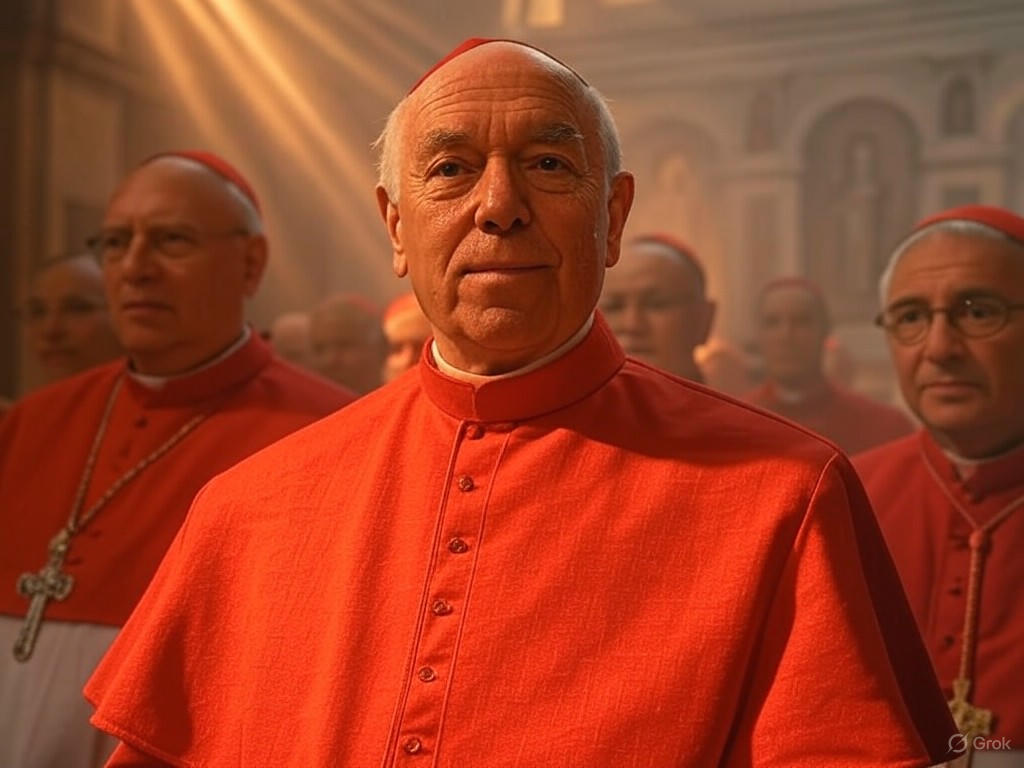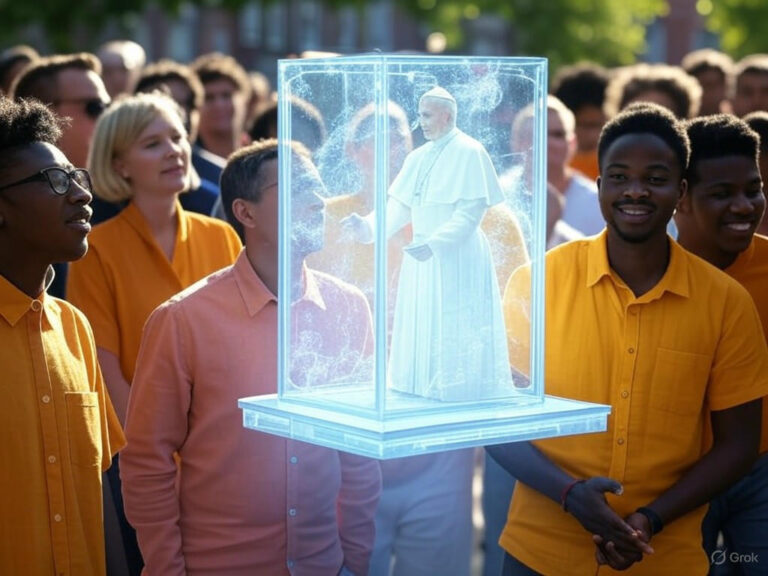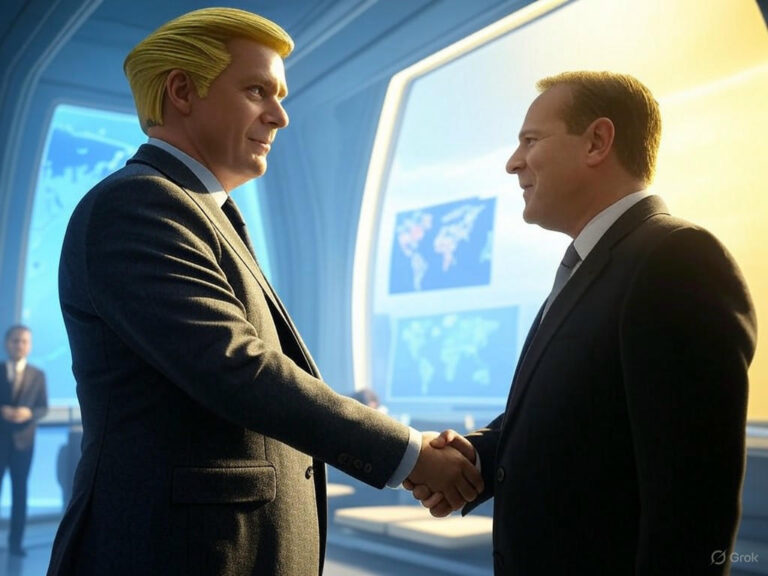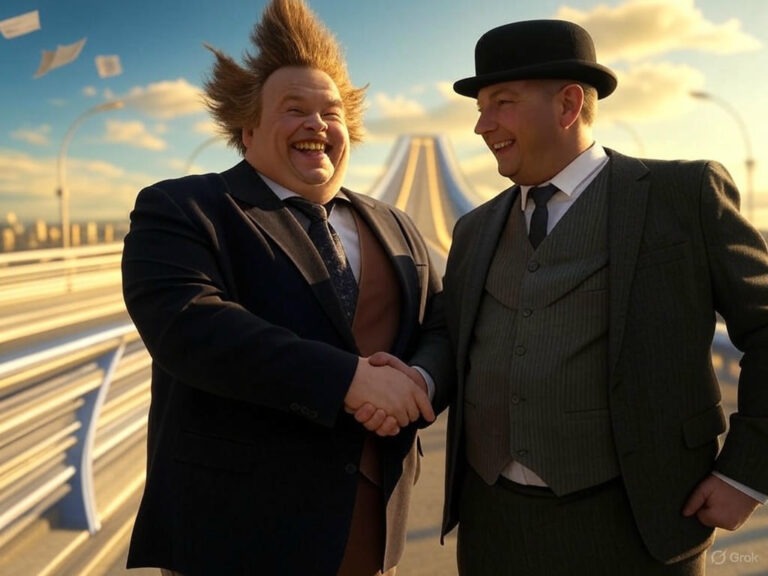
Conclave: Real-Life Drama Inside the Vatican Secrets
The Dramatic History of the Papal Conclave: Vatican’s Most Secretive Tradition
The papal conclave has long captivated the world as one of the most mysterious and dramatic ways to choose a leader. Imagine a room full of influential cardinals, cut off from the outside world, making a decision that affects millions—it’s like a high-stakes thriller straight out of history. With the next papal conclave on the horizon for May 7, 2025, let’s unpack this fascinating ritual that dates back to the 13th century.
The Birth of the Papal Conclave: A Three-Year Deadlock
Ever wondered how something as orderly as the papal conclave emerged from complete chaos? It all started after Pope Clement IV’s death in 1268, when Europe’s political tensions turned a simple election into a three-year standoff. The cardinals were split between French influence and Italian interests, leaving them unable to agree on a successor.
This deadlock frustrated everyone, especially the people of Viterbo, Italy. What began as a political impasse soon forced innovative—and drastic—changes to the process. Picture this: cardinals locked away, their meals reduced to basics, and even the roof removed to push for a decision. It’s a reminder that sometimes, extreme situations birth lasting traditions.
Desperate Measures That Shaped Papal Conclave Forever
The citizens of Viterbo didn’t hold back; they locked the cardinals in the papal palace, cut their food to bread and water, and sealed off windows to block distractions. These actions not only ended the stalemate but also gave us the word “conclave,” from the Latin for “locked room.” When the cardinals finally delegated the vote to a small group, they elected Teobaldo Visconti as Pope Gregory X in just hours.
This moment highlights how the papal conclave evolved from necessity. Have you ever been in a meeting that dragged on forever? Multiply that by years, and you get the idea. Gregory X later formalized these rules, ensuring future elections wouldn’t spiral out of control.
Modern Papal Conclave Procedures: A Blend of Ritual and Precision
In today’s papal conclave, ancient customs meet modern efficiency, creating a process that’s both spiritual and strategic. As the 2025 event approaches, cardinals will follow updated rules that keep the essence alive while preventing delays. What makes this so compelling is the mix of secrecy and scrutiny—ensuring the chosen leader truly represents the Church’s voice.
Voting in the Papal Conclave: Step-by-Step Drama
The voting phase is where the real tension builds. Cardinals start with an oath of secrecy, then cast ballots in the majestic Sistine Chapel. Each day could bring up to four votes, turning the papal conclave into a high-pressure event. The process includes pre-voting preparations, the actual scrutiny, and post-vote verification, all designed to maintain integrity.
Think about standing before Michelangelo’s frescoes, placing your vote in an urn—it’s not just procedural; it’s profoundly symbolic. This setup helps avoid outside influence, a core principle of the papal conclave since its inception.
The Intricate Counting in Papal Conclave Elections
Three scrutineers handle the ballots with incredible care, shaking the container and counting votes to match the number of electors. If there’s a mismatch, everything starts over—talk about attention to detail! This step ensures transparency within the sacred walls, even as the outside world waits in anticipation.
It’s fascinating how these routines have stood the test of time, blending trust and technology. For instance, if you’re following along from home, you’ll see how this precision keeps the papal conclave fair and focused.
The Iconic Smoke Signals of the Papal Conclave
No discussion of the papal conclave is complete without mentioning the smoke—black for no decision, white for a new pope. Crowds gather in St. Peter’s Square, holding their breath as ballots burn. This tradition not only announces results but also adds a layer of drama that draws global attention.
With 133 cardinals expected in 2025, reaching a two-thirds majority will be key. It’s a simple yet effective way to signal the end of uncertainty, much like a finale in a gripping story.
Resolving Deadlocks in the Papal Conclave
While modern papal conclaves rarely drag on, there’s always a plan for stalemates. After three days without a winner, the group pauses for prayer and reflection. This break, led by senior cardinals, encourages unity and fresh perspectives—proving that patience is as important as decision-making.
If things still stall, further pauses and discussions kick in, eventually leading to a runoff if needed. Have you noticed how these mechanisms make the papal conclave adaptable yet true to its roots? It’s a smart strategy to avoid history repeating itself.
From Election to Pope: The Papal Conclave’s Climax
The moment a cardinal hits the two-thirds mark is pure theater. They’re asked if they accept and what name they’ll take—simple questions with world-changing answers. Interestingly, the rules don’t specify responses, leaving room for the unexpected, which has happened in papal conclave history.
Once accepted, the new pope steps into his role immediately, with white smoke signaling the news. This transition captures the heart of the papal conclave: a seamless shift from cardinal to global leader.
Pope Gregory X’s Influence on the Papal Conclave
Pope Gregory X didn’t waste time fixing the system that elected him. His 1274 papal bull set the stage for future papal conclaves by mandating sequestration and restrictions. This legacy has shaped elections for centuries, making the process more efficient and less prone to external pressures.
It’s a testament to how one event can redefine traditions. If you’re interested in church history, Gregory’s reforms offer a great example of turning crisis into opportunity.
The 2025 Papal Conclave: Tradition Meets Today
Looking ahead to May 7, 2025, the papal conclave will follow detailed guidelines and spiritual practices. Only cardinals under 80 can vote, gathering in the Sistine Chapel for what could be a quick or extended deliberation. This balance of speed and thoughtfulness keeps the papal conclave relevant in modern times.
Why does this matter? It’s not just about picking a pope; it’s about preserving a legacy that connects past and present. For anyone curious about faith and power, the papal conclave is a masterclass in both.
The Timeless Allure of the Papal Conclave
The papal conclave remains a riveting blend of secrecy, history, and faith, drawing people in with its drama and depth. From those early days in Viterbo to today’s ceremonies, it’s evolved while staying true to its purpose. As you reflect on this, consider how such traditions influence our world today—what role do you think secrecy plays in important decisions?
If this sparked your interest, why not explore more about Vatican history or share your thoughts in the comments? We’d love to hear how the papal conclave resonates with you, and feel free to check out related posts on church traditions for deeper insights.
Sources
This article draws from reliable sources to ensure accuracy. For more details, visit:
- “Papal Conclave” from OSV News: OSV News Article
- Wikipedia’s overview: Papal Conclave Page
- Britannica entry: Britannica on Papal Conclave
- List of conclaves: List of Papal Conclaves
- Historical insights: Stefano Rome Tours Blog
- CBS News explanation: CBS News on Conclave
- YouTube video: YouTube Explanation
- USCCB guide: USCCB on Conclave
papal conclave, Vatican election, College of Cardinals, Pope Gregory X, conclave history, papal election process, Sistine Chapel voting, Catholic Church traditions, papal succession, Vatican secrets




